When exploring marine life, the term "saddle patch sea animal" frequently surfaces, captivating marine enthusiasts and researchers alike. But what exactly is a saddle patch, and which sea creatures have them? Primarily known in relation to orcas, this distinctive feature plays a crucial role in marine identification and research.
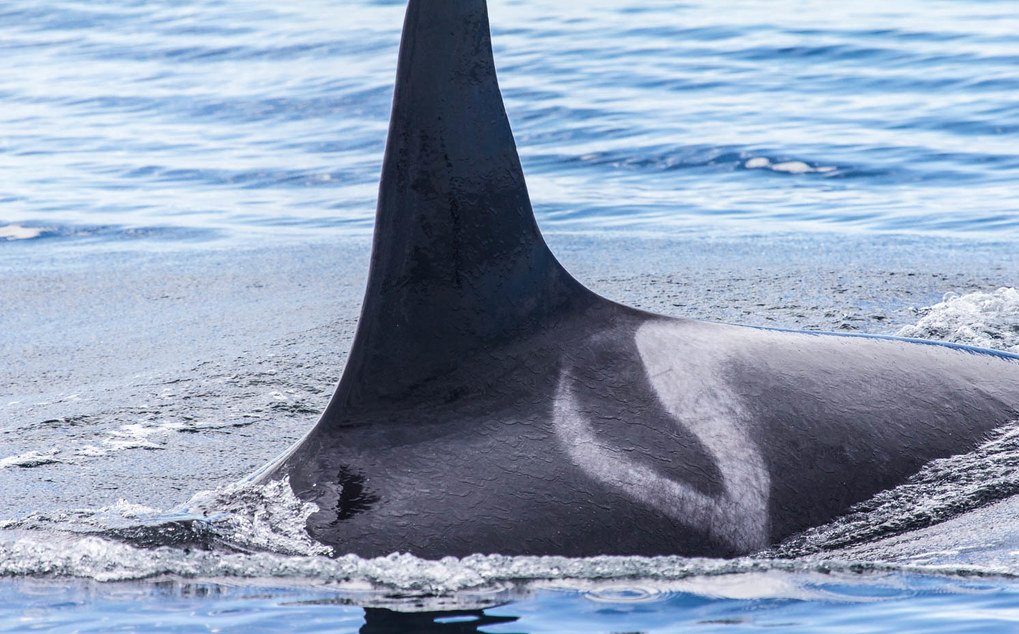
A saddle patch refers to the unique coloration or marking usually located behind the dorsal fin of certain aquarium/52-marine-animals.html">marine animals, notably orcas (killer whales). This marking is pivotal for identifying individual animals, much like fingerprints are used to identify humans.
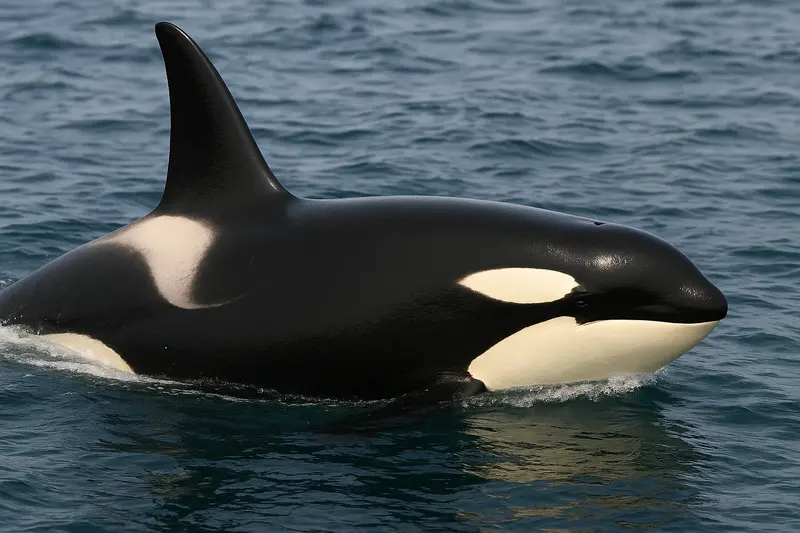
The saddle patch of an orca is a gray or white marking positioned immediately behind its dorsal fin, extending towards its tail flukes. Each saddle patch is distinct, varying significantly in shape, size, and color pattern.
Orca saddle patches are categorized mainly into two types:
Open Saddle Patch: Features interruptions of darker pigmentation, creating a fragmented appearance.
Closed Saddle Patch: Displays a consistent, unbroken area of lighter coloration.
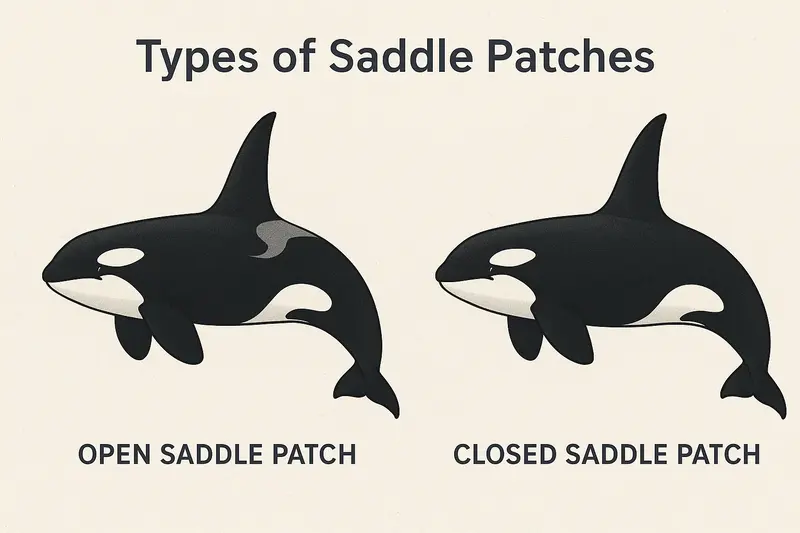
Different orca ecotypes showcase distinct saddle patch characteristics:
Resident Orcas: Typically exhibit a well-defined saddle patch, either open or closed.
Transient Orcas: Usually possess closed, less variable patches.
Offshore Orcas: Often have fainter, less prominent saddle patches.
Scientists and researchers utilize saddle patches extensively for studying orca populations. By documenting variations, researchers can track population dynamics, social structures, and migration patterns.
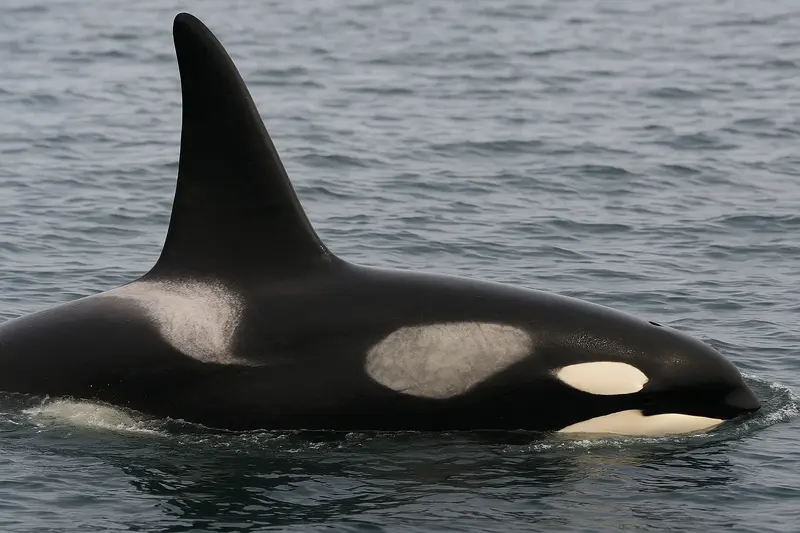
Although orcas are most commonly associated with the saddle patch, several fish species also exhibit similar markings:
Yellow-Saddle Goatfish (Parupeneus cyclostomus): Characterized by a vibrant yellow marking near its tail, aiding in species identification.
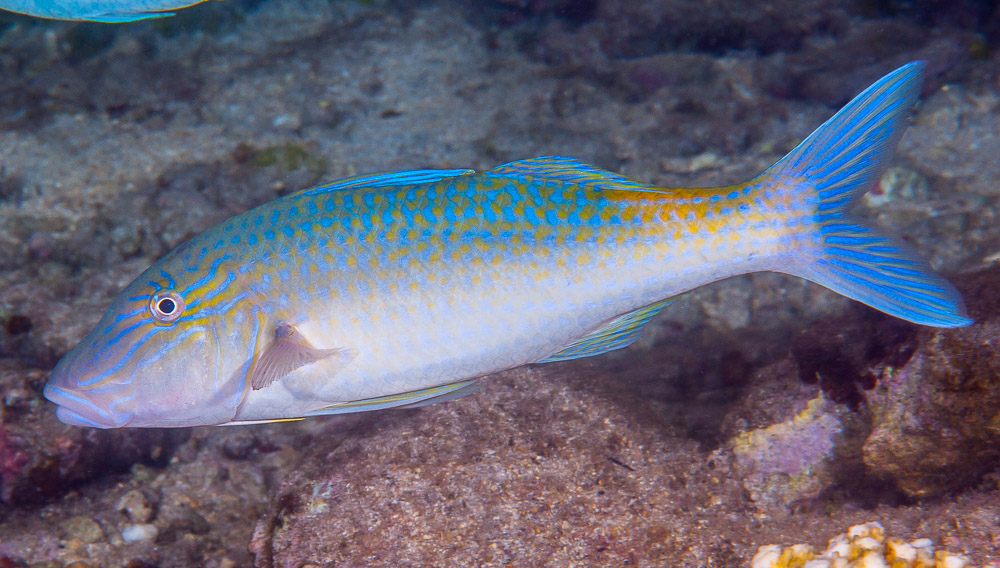
Saddle Butterflyfish (Chaetodon ephippium): Features a distinctive black saddle patch near the tail, making it easily recognizable to divers and researchers.
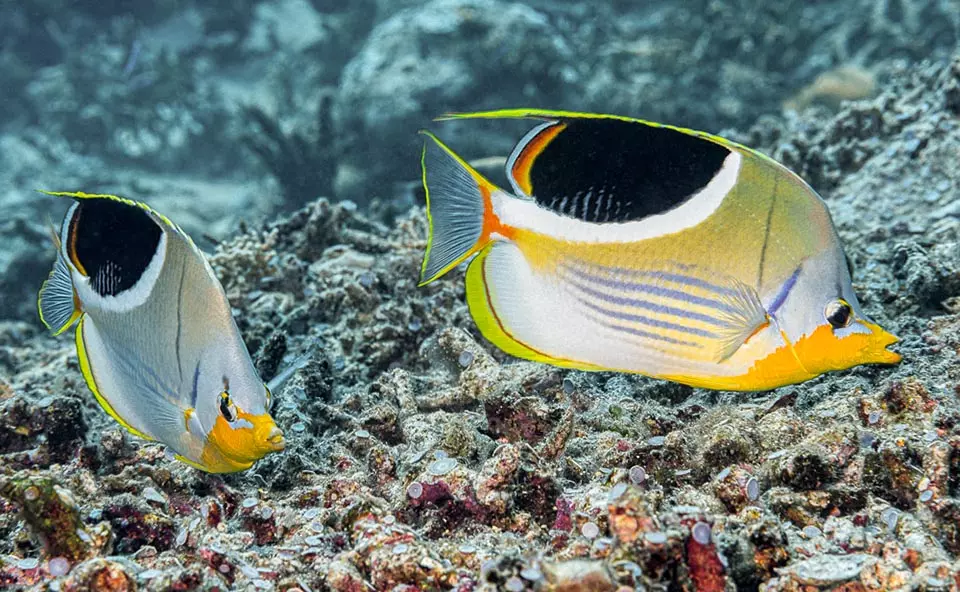
Saddle Wrasse (Thalassoma duperrey): Known for its colorful saddle marking which plays a role in mating and territorial behavior.
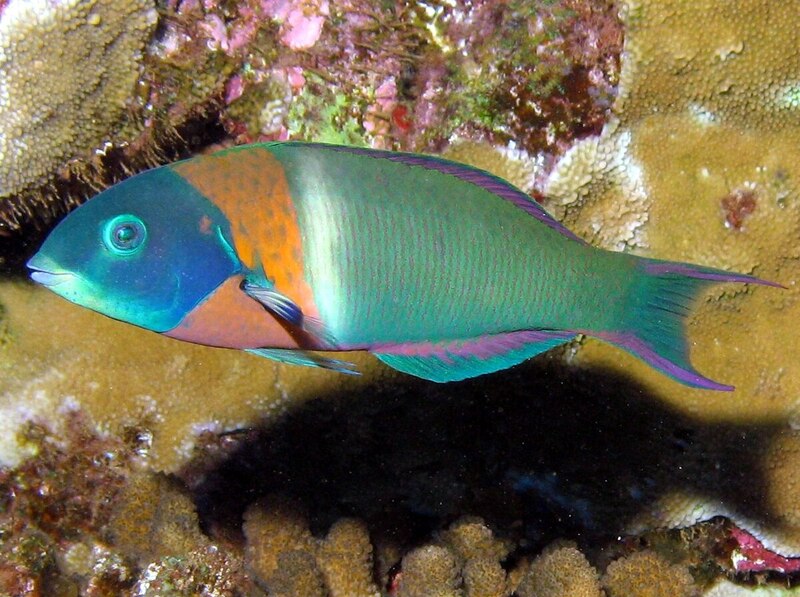
Identifying aquarium/52-marine-animals.html">marine animals through saddle patches involves careful observation and photographic documentation. Researchers typically rely on:
Clear photographic images capturing side profiles.
Cataloging individual variations into databases for long-term studies.
Interestingly, the saddle patch of orcas has made its way into popular culture, becoming the answer to various crossword puzzle clues, such as "Sea creature with a saddle patch." This highlights the broad public recognition and curiosity surrounding orcas.
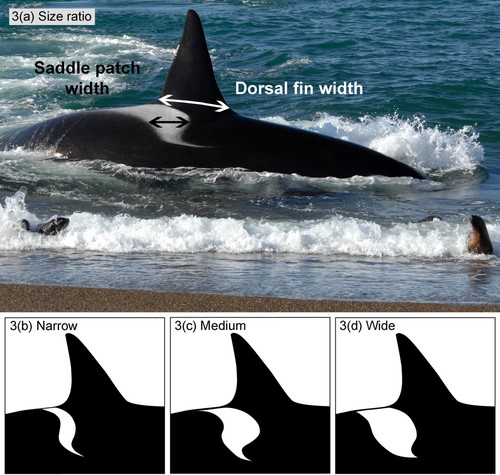
Understanding and identifying saddle patches help inform critical conservation efforts. By tracking individual animals and their groups, scientists can better address threats such as habitat disturbance, food shortages, and climate change impacts.
Which sea animals have a saddle patch?Primarily orcas, but also several fish species like yellow-saddle goatfish, saddle butterflyfish, and saddle wrasse.
Why do orcas have saddle patches?These patches help scientists identify individual animals and understand their social and ecological dynamics.
Are saddle patches unique to each orca?Yes, each orca's saddle patch pattern is unique, similar to human fingerprints.

From orcas to various fish species, saddle patches serve as critical markers for identification and research. By understanding this unique feature, we deepen our appreciation and ability to protect these fascinating sea creatures.
animal tags: Orcas
We created this article in conjunction with AI technology, then made sure it was fact-checked and edited by a Animals Top editor.